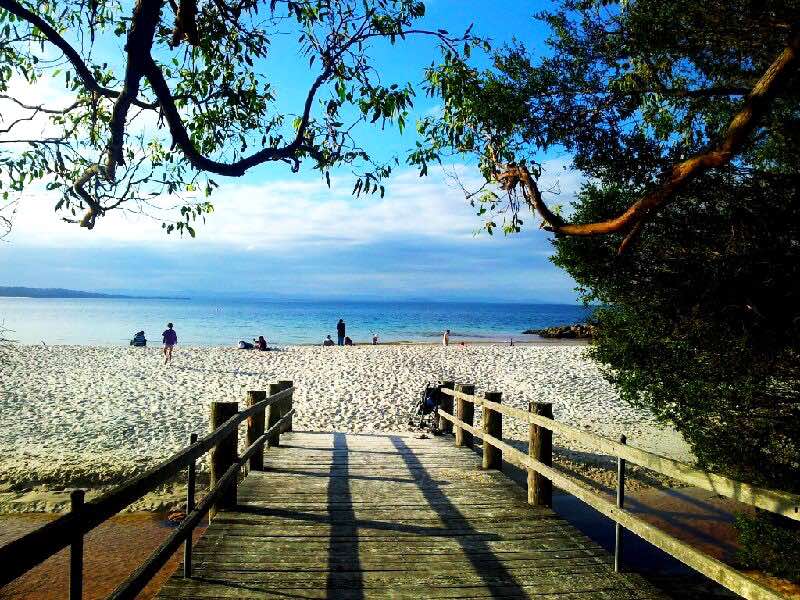
One of the most preferred investments for an SMSF is residential or commercial property. The title of any investment property is held by the superannuation fund if the property is purchased outright with only SMSF funds, or in a bare trust if the fund has borrowed money to purchase the property.
But a question that many people ask is, ‘can you buy a property to live in’ , with your SMSF? The short answer to this question is no, at least not until you retire.
There are very strict rules around what your SMSF can purchase as an investment property and how the property can be used. This is due to the rulings of the ‘sole purpose test’.
So What Is The Sole Purpose Test?
The sole purpose test states that your SMSF “needs to be maintained for the sole purpose of providing retirement benefits to”1 its members or the dependants of its members, in the case a member dies before retirement.
What this is saying is that you or any member of your family many not obtain a financial benefit from any assets that your SMSF has purchased, prior to the superannuation fund members’ retirement. This includes property, artwork or other collectibles and even holiday homes.
Any assets in your SMSF are therefore preserved until retirement just as would be the case with an industry or other private superannuation fund scheme. In fact, there are very serious consequences if the sole purpose test is violated, such as criminal and/or civil penalties.
Further information about the sole purpose test can be found on the Australian Taxation office website where you can download a PDF version of the ruling.
You Can Purchase A Retirement Home With Your SMSF
While you can’t purchase a property to live in with your SMSF while you’re still working, you can however purchase a home which you can live in when you are fully retired.
This means that your SMSF can purchase an investment property, which you’d eventually like to live in and rent it out until you retire. It must be noted though, that the property needs to be rented to a totally unrelated third party at market value and cannot be rented to family members or friends.
In this instance, your SMSF or a separate bare trust will hold ownership of the property until your retirement. This means that all rents received will be deposited into the SMSF as income and the fund is also responsible for paying all property maintenance costs as well as property management fees and other expenses.
Once you retire and start receiving regular retirement income from your SMSF you can sell your existing family home, which you are currently living in, and put the proceeds into your SMSF. This is regarded as a contribution to your fund and will ,of course, be subject to any contribution caps that apply to your own personal situation.
After this has been done, you can then transfer the title of your investment property from your SMSF into your own name. This effectively means that you are purchasing your retirement property from your superannuation fund.
So if you’ve always dreamed of retiring to a lovely coastal home or a spacious city apartment, you can now afford to do so by using the investment funds in your SMSF.
What If You Don’t Have Enough Available Funds In Your SMSF To Purchase A Property Outright?
If your SMSF can’t purchase your retirement property outright, then it can borrow extra funds through a limited recourse loan. What this means is that only the property is used as security and if something unforeseen does happen and you default on the loan, no other assets held by your SMSF can be seized.
Generally speaking, your SMSF should be able to borrow around 70 – 80% of the property value, however the more it can contribute to the purchase price, the easier it will be to secure a loan.
Capital Gains Tax Advantage
Another great advantage of buying your retirement home through your SMSF is that you won’t have to pay any capital gains tax when you transfer ownership into your own name because you will already be retired.
If you were to invest in other residential property with your SMSF and then the fund decides to sell the property before you retire, your SMSF would be charged 10% capital gains tax.
You do however need to factor in stamp duty as this will need to be paid both when your SMSF purchases the property as well as when the title is transferred into your own name.
Buying A Commercial Property
The rules are a little different if you decide to purchase a commercial property with your SMSF and want to use the property for your own business. This is totally permissible as long as your business leases the property at market value rents.
So effectively, the rent your business pays to your SMSF is boosting your retirement savings plus your super fund is only required to pay a concessional tax rate on the rental income. Plus if your SMSF decides to sell the property once you retire, it won’t have to pay any capital gains tax.
So in conclusion, even though you can’t purchase a property to live in with your SMSF, you can purchase your dream retirement home and rent it out until you finally decide to retire.
If you think this might be a good strategy for you, be sure to speak to a financial advisor or mortgage broker who is well versed in dealing with SMSF investments so that you fully understand all the rules and regulations which apply to property investing with your self managed super fund.





